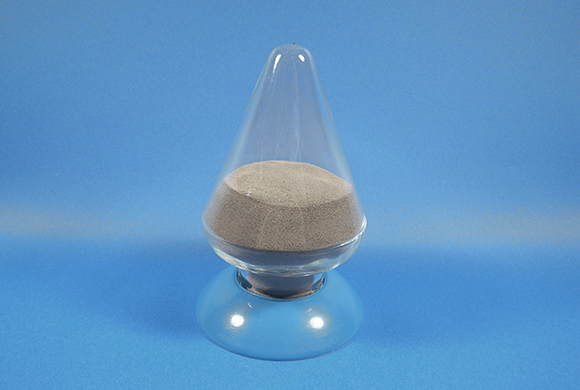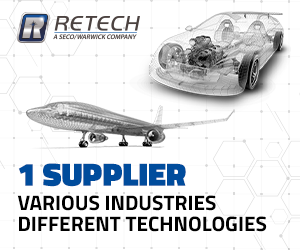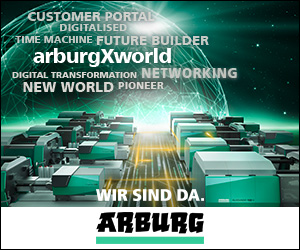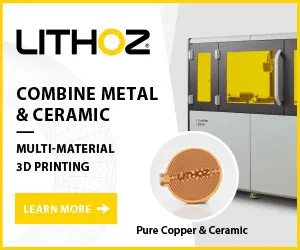JPMA Award Winners 2015
Effort prize
Development of planetary carrier for E-4WD applied with sinter brazing technology

Sinter-bonded planetary carrier, in which individual columns are joined to the main body of the carrier (Courtesy JPMA)
Sumitomo Electric Industries Ltd, received a prize for the development of a sinter-bonded planetary carrier, in which individual columns are joined to the main body of the carrier to overcome strength limitations. A great focus has been placed recently on miniaturisation and weight savings in order to improve fuel efficiency, but the consequent adverse effect on components is that they are subjected to higher stress.
The developed product is used in a planetary gear mechanism and this was designed to possess a large reduction ratio especially in large planetary gears in order to meet a requirement of weight saving and also to transfer rotation from motor to rear wheel. Therefore, stress reduction is one of the key factors in the planetary carrier design.
In a conventional sinter-bonded carrier, the design of R feature is at the base of the column forming hollow shapes but only on one side, thus restricting its use to low torque units. Therefore, the company’s novel proposal was to incorporate the R feature design on both sides of columns thus relieving the high stress from the two sides of the columns. This has enabled the design of a carrier that can withstand high torque generated during high speed driving with sinter-bonding of the columns despite the weight saving features such as miniaturisation.
This development has led to implementation of a sinter-bonded carrier in a high torque application which was conventionally difficult to achieve. The product has been adopted in a 4WD system used in hybrid vehicles.
Partially alloyed bronze powder with high compactibility suitable for high sintered density

This partially alloyed bronze powder with high compactibility achieves a homogenized sintered structure (Courtesy JPMA)
Fukuda Metal Foil & Powder Co. Ltd received a prize for the development of a partially alloyed bronze powder with high compactibility to enable the prevention of demixing and segregation and achieve a homogenized sintered structure.
Either a mixture of copper and tin powders blended at the prescribed ratio, or alloyed powders produced by the atomisation method, have been generally used as a raw material for bronze sintered parts. However, the mixed powders cause demixing and segregation while they are flowing and a decrease in density of sintered compacts also occurs because a large amount of liquid phase tin appears during sintering. Also, the gas inside sintering compacts has difficulty in escaping smoothly, especially in the case of the compacts with higher densities. On the other hand, alloyed powders do not cause demixing and segregation and achieve homogenized high density sintered compacts because the liquid phase does not appear in the sintering process. However, their compactibility is so poor that it is difficult to produce complex shaped parts using them.
In order to solve these problems, electrolytic copper powder has been used as a matrix to improve the compactibility and bronze alloy powder with a high melting point has also been used as a tin source to avoid the formation of a liquid phase. These powders are diffusion-bonded to each other in order to suppress demixing and segregation. During the diffusion bonding, a heat treatment is carried out at a relatively low temperature to suppress inter-diffusion as much as possible. The target properties have thus been achieved and the powder has been successfully commercialised.
- Previous
- 3/3










